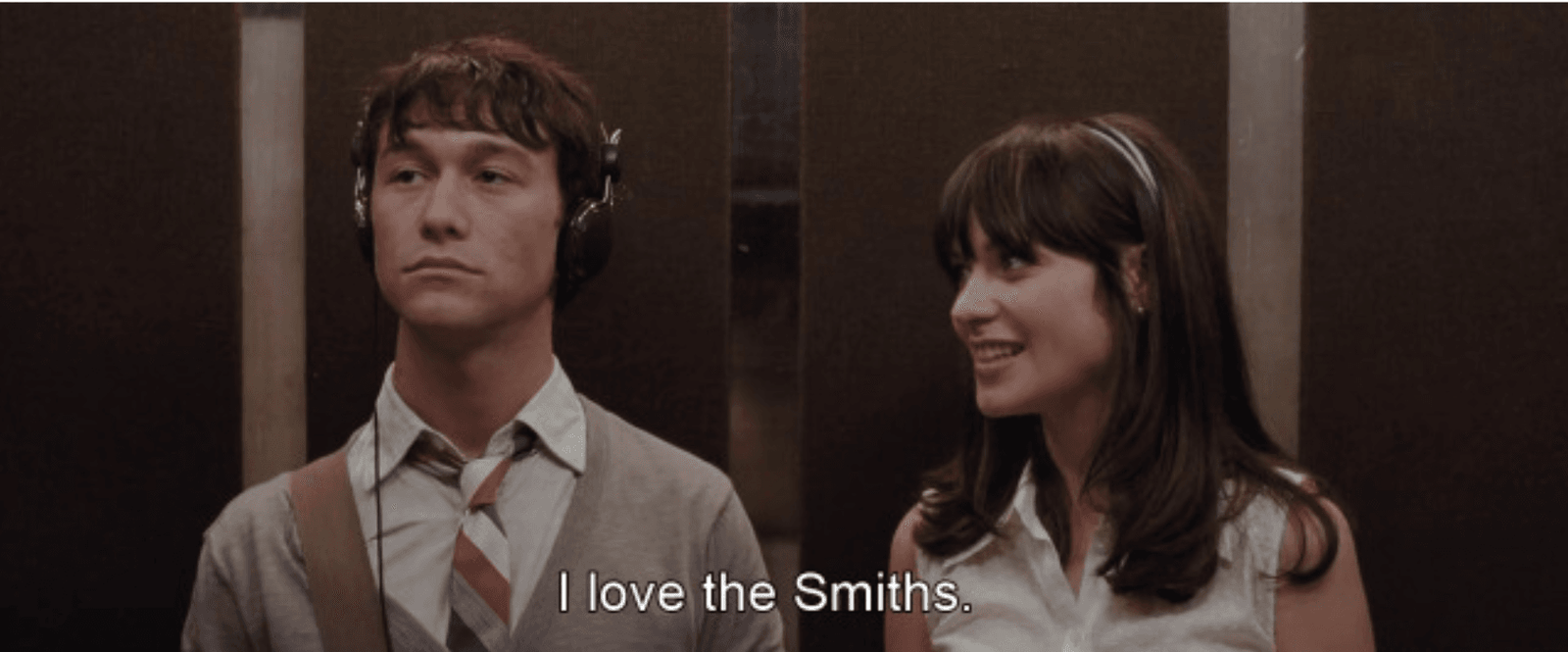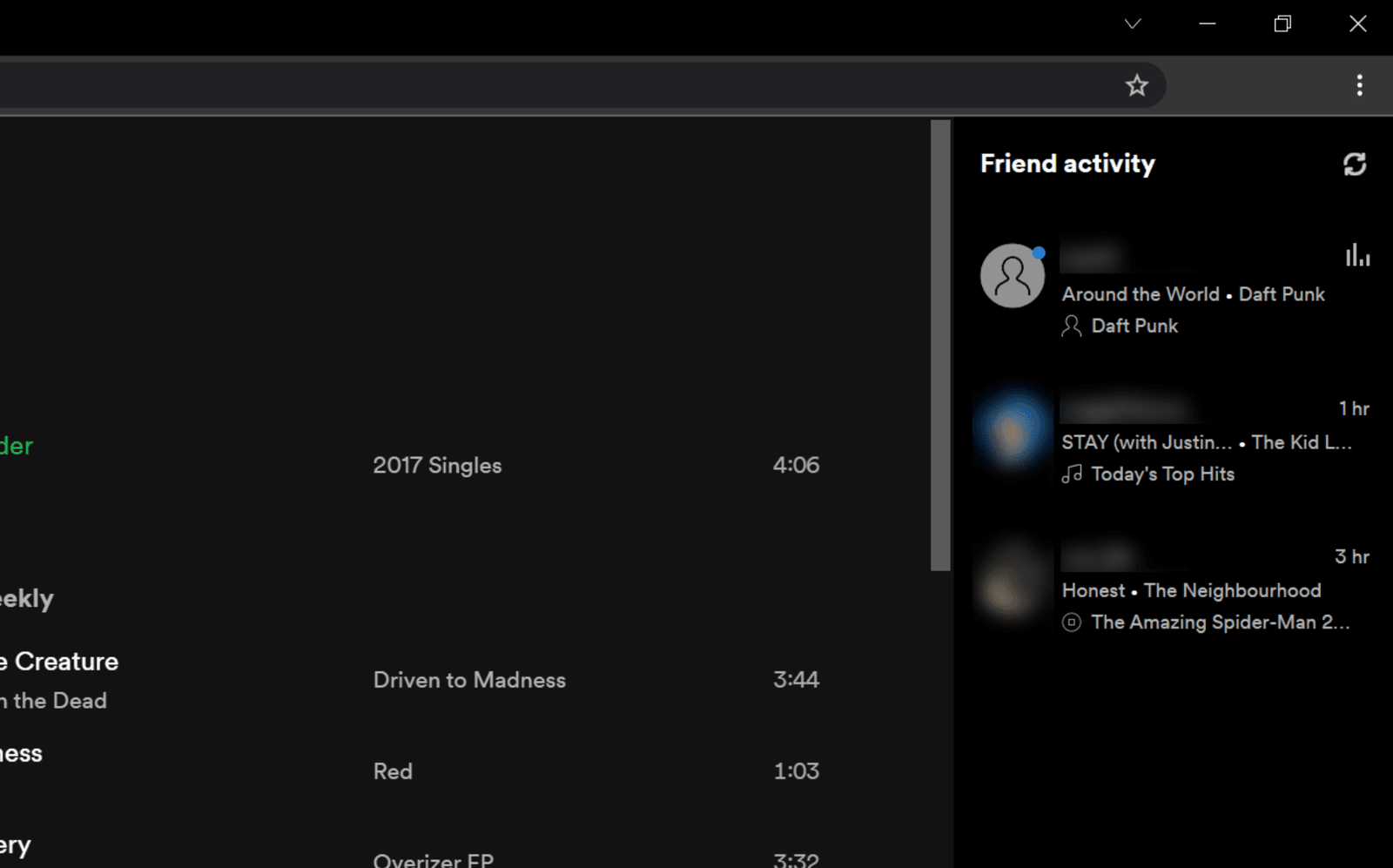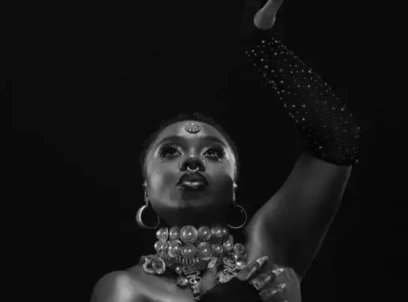The Cambridge Dictionary defines the term ‘empathy’ as ‘the ability to share someone else’s feelings or experiences by imagining what it would be like to be in that person’s situation.’ Ultimately, it is a skill that brings us closer to others and helps us be more mindful. Like all other art forms, music allows the artist to express how they’re feeling, and consequently for a listener to share this experience. According to Psychology Today, oxytocin is a hormone that blooms empathy, and this same hormone is also triggered by music. Furthermore, since music also tends to boost serotonin, it facilitates social bonding and enables people to connect with one another. In films we often see how shared music tastes function as openers for relationships, one of the most famous examples of this being the cult-classic scene from ‘500 Days of Summer’. Tom is left baffled that Summer listens to The Smiths, and this is arguably the starting point for his infatuation.

Music is deeply emotional and anyone who has experienced love, loss, loneliness or joy can account for that. Something that’s become a fascinating insight into allowing us to analyse what our friends may be feeling is Spotify’s ‘friend activity’ feature, which gives us a glimpse into what people are listening to in real time. Subconsciously, this enables us to think about reasons why someone may be listening to a particular track. Like my friend who messaged me over the summer, asking: ‘Hey girl, are you good? I just saw you listening to Blondie…’ She was referring to Current Joys’s notoriously melancholic song, and of course it is typical to listen to the band in moments of gloomy nostalgia. In an era where social media has everlasting influence on people’s privacy, I find this Spotify feature to take it one step further. Seeing someone’s pictures of them eating pasta may give us an idea of what they did on a particular day, but enabling others to see what you’re listening to is considerably more intimate.
Social media posts are curated, therefore can often show a reality that isn’t necessarily accurate of someone’s real mood. The display of listening activity, however, is a lot more personal, and this may raise the question: is our curiosity in what others may be going through a display of empathy, or a reflection of an invasive desire to psychoanalyse each other? Are we trying to interpret the hidden meaning behind what someone is listening to because we’re nosey and want to know whether someone is going through a breakup? The case is of course individual, but ultimately, it shows the influence that music holds over how we feel and how we interpret what others feel.

Living in a time where social media is bringing us closer and closer to people who might be mere strangers, there is an obsession that is created around knowing what someone might be doing or feeling. Users use Instagram’s story feature to share songs they like over various photographs, to evoke a particular mood. Therefore, now more than ever we are thinking about the sort of emotions that may be attached to a particular song, or the atmosphere in which it would be appropriate. The feelings that come from looking at a sunset photo – serenity or calm, call for a slower song, perhaps something by the dream pop band Men I Trust. Combining music and photography on social media allows the sharing of moments to feel more real and dynamic.
The idea itself – that we can guess what someone is feeling from a mere song, stems from empathy. As outlined in the Empirical Musicology Review, ‘we perceive the emotional and psychological content in music; interpret the thoughts, feelings, and proficiency of the musicians from auditory and visual cues.’ And that is no surprise, as many artists discuss the influence of their personal experience on their music, and so the product is inherently emotionally charged. For example, instrumental piano is associated with slower, emotional ballads. Even before we hear the lyrics, the sound of the piano, especially when played at a lower tempo, will signal our minds towards romantic, sentimental emotions. Electronic music, on the other hand, is closely associated with the idea of fun, not only because of its higher tempo, but because it’s the music that keeps us going to parties and even the gym. Subconsciously we may assume that singers and performers that release ‘fun’ music are extroverts or strong personalities (take, for example, Lady Gaga), while creators of slower indie music, such as Clairo, we may expect to be more laid-back. All-in-all, we are likely often analysing what sort of emotions cause one to create or consume music, and thus bring us closer to each other (if not too close).
What this shows is that music can be solid ground for inducing others to share the emotions of someone they may not know and build empathy. We are subconsciously curious beings, and social media progress has created a space for us to not only dwell on the lives of those around us, but also feelings and things that perhaps will never be shared with us explicitly. I leave you here with something to consider: are we living in a time where privacy is barely existent, or a time where people are striving to find community and come closer together?


